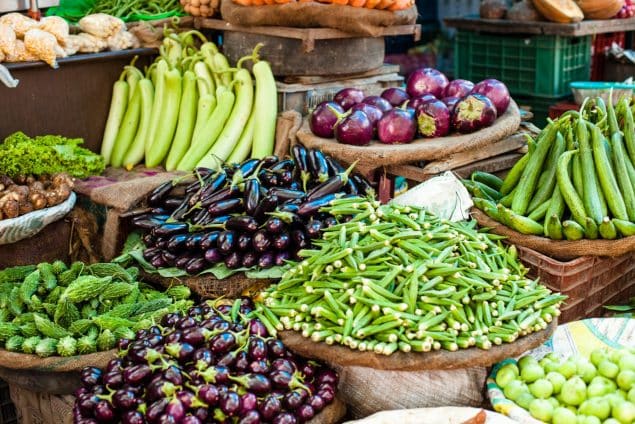Home » Business News • India News » India’s retail inflation fell to over two-year low in May
India’s retail inflation fell to over two-year low in May
https://www.whatjobs.com/news/business-news/indias-retail-inflation-slides-over-2-year-low-of-4-25-percent-in-may

By Nithya Bose in Business News, posted June 13, 2023

Retail inflation in India has dropped to an over two-year low of 4.25 percent in May compared to 4.70 percent in April.
The drop is good news for businesses and consumers as it means reduced costs and potential wage growth for employees.
This marks the third consecutive month consumer-price index (CPI) based inflation has remained within the Reserve Bank of India's (RBI) target range of 2-6 percent.
The consumer food price index (CFPI) also decreased to 2.91 percent in May from 3.84 percent in April.
Read More: AstorMueller set to expand retail presence in India
Rural inflation was recorded at 4.17 percent, while urban inflation stood at 4.27 percent.
Sequentially, inflation remained unchanged at 0.51 percent in May.
The decline in inflation can be attributed to lower food and fuel prices and the base effect.
Specifically, the inflation rate for vegetables contracted by 8.1 percent in May, while the inflation levels for food and beverages and fuel segments were 3.29 and 4.64 percent, respectively.
The inflation rate for cereals came in at 12.65 percent compared to 13.67 percent in the previous month.
Read More: Indian tourism industry rebounds fueling job growth in post-pandemic era
Factors such as the easing prices of cereals and vegetables and lower energy prices contributed to the decrease in inflation.
The fall in international prices of liquefied petroleum gas (LPG) and kerosene also impacted lower fuel inflation in May.
Economists predict inflation will remain below 5 percent in June but may rise from the second quarter onwards due to potential risks from El Niño disturbances, higher minimum support prices (MSP), and delayed monsoons.
The Reserve Bank of India is expected to keep interest rates unchanged in 2023, with rate cuts not anticipated until 2024.
The timing of rate cuts will depend on how inflationary risks associated with weather conditions unfold.
Read More: Government sources say BBC may have paid lower taxes in India
India's retail inflation had exceeded the RBI's six percent target for three consecutive quarters before falling back within the target range in November 2022.
A Reuters poll projected inflation to decrease to 4.42 percent in May, the lowest since October 2021.
Despite heat waves impacting the country's agriculture, the rise in food prices is expected to be controlled by lower input costs and the government's interventions to prevent price spikes.
Economists have also highlighted the potential for rising prices starting in July 2023 due to the effects of El Niño, which could impact production.
Need Career Advice? Get employment skills advice at all levels of your career
Core inflation in housing, clothing, footwear, health, and education may also increase prices.
In its recent Monetary Policy Meet, the RBI revised the inflation forecast for the fiscal year 2023-2024.
However, inflation is still expected to remain above the 4 percent target, with potential risks from food and commodity prices.
The RBI had previously reduced the inflation target to 5.1 percent from the forecasted 5.2 percent in the April policy.
The RBI Governor and Monetary Policy Committee Chair, Shaktikanta Das, noted the need for continued vigilance on the inflation outlook, especially considering the uncertainty surrounding the monsoon and the impact of El Niño.
The pace of monetary tightening has slowed, but inflation remains a concern globally.
Follow us on YouTube, Twitter, LinkedIn, and Facebook














